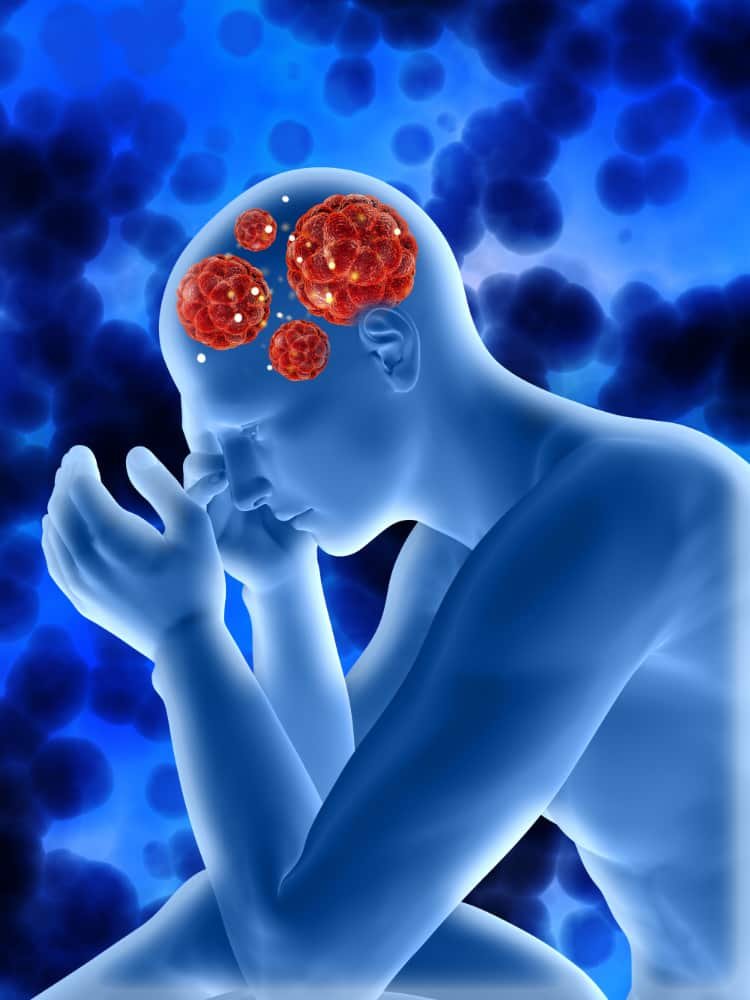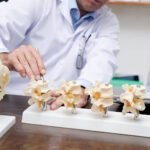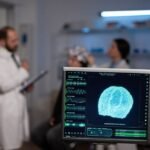Hemorrhagic Stroke: An Overview
A hemorrhagic stroke is a brain damage caused by bleeding into the brain due to rupture of the blood vessel. It is further divided into two types:
1) Intracerbral Haemorrhage (ICH) bleeding in the brain parenchyma.
2) Sub Arachnoid Haemorrhage (SAH) bleeding in the sub arachnoid space.
These account for approximate 13% of all stroke cases.
What is a hemorrhagic stroke?
What is Haemorrhagic Stroke: Causes, Symptoms, Treatment 5
Doctors may also use the term “intracranial hemorrhage” when talking about hemorrhagic stroke.
Due to weakening in the blood vessels, the bleeding occurs which puts pressure over the surrounding brain tissue and produce symptoms. Sometimes, it produces so much pressure that the blood supply of the brain is compromised leading to further neurological deterioration and may be life threatening.
This article discusses why hemorrhagic stroke happens, how to recognize it, and what surgical treatments are available that Neurosurgeons usually perform for
What are the causes for hemorrhagic stroke?
A hemorrhagic stroke is caused by bleeding in the brain. This can happen when a blood vessel in the brain bursts (aneurysms or arteriovenous malformation AVM) and starts to bleed. The damage from a haemorrhagic stroke can result from pressure caused by bleeding, oedema, or a lack of blood supply.
Brain tissue can bleed after an ischemic stroke, which is a stroke caused by a blocked blood supply. This damages brain tissue, making it frail and prone to bleeding. There is an especially high risk of a hemorrhagic stroke after a large ischemic stroke with extensive brain damage and tissue swelling. This is called a hemorrhagic conversion. It can happen anytime from a few days to 2 weeks after an ischemic stroke.
Other common causes of hemorrhagic stroke include head injury, brain tumoral bleed.
Uncommon causes include inflamed blood vessels and radiation treatment.
What are the risk factors for hemorrhagic stroke?
- Aneurysms and AVM
- High blood pressure
- Blood vessel abnormalities, like amyloid angiopathy
- Blood or bleeding disorders, such as sickle cell anemia
- Liver disease
- Drug abuse
Some of the most common symptoms of a Haemorrhagic stroke include:
Usually, it depends on the area of the brain where the bleeding has happened.
- A sudden, severe headache
- Changes in vision
- Loss of balance or coordination
- Weakness, inability to move or numbness in an arm or leg
- Seizures
- Loss of speech or difficulty understanding speech
- Confusion or loss of alertness
- Nausea and vomiting
- Loss of consciousness
- Paralysis of one side of the body
- Sensitivity to light
- Stiffness in the neck or neck pain
- Frequent fluctuations in the heart beat and breathing
- Hand tremors
- Difficulty swallowing
Diagnosis of hemorrhagic stroke:
A thorough medical history and clinical examination can raise the suspicion of an intracranial bleed. For confirmation a CT brain is sufficient for diagnosis and treatment. Other studies may include MRI brain or lumbar puncture (spinal tap) where CT brain in inconclusive.
How Neurosurgeon treat hemorrhagic stroke?
Immediate medical attention by a Neurosurgeon is the pre-requisite for effective treatment of hemorrhagic stroke to prevent life-threatening complication and widespread brain damage.
Treatment mainly depends on the cause. In aneurysmal bleed urgent clipping or coiling should be done. If there is too much blood with oedema, mass effect and midline shift, then evacuation of the haematoma along with decompressive craniectomy is done.
What is Haemorrhagic Stroke: Causes, Symptoms, Treatment 6
Decompressive craniectomy is a lifesaving surgical procedure which is done in patients with severe brain edema, mass effect and midline shift. In this procedure, the bone flap is removed from the skull and is placed in the abdominal wall or thigh, to give brain some space to swell. After few days when the swelling is resolved, the flap can be put back.
Along with this, medicines to reduce the swelling, seizure medication, pain medication is also started.
A doctor may also prescribe medication to reduce blood pressure. If the patient is on blood thinners or other anti-clotting agents, it should be stopped immediately for some days.
The goals of treatment are to prevent life-threatening complications that may occur soon after stroke symptoms develop, prevent future strokes, reduce disability, prevent long-term complications and help the patient get back as much normal functioning as possible through rehabilitation. This information is provided as an educational service and is not intended to serve as medical advice. Anyone seeking specific neurosurgical or Hemorrhagic stroke advice or assistance should consult neurosurgeon or brain surgeon.















